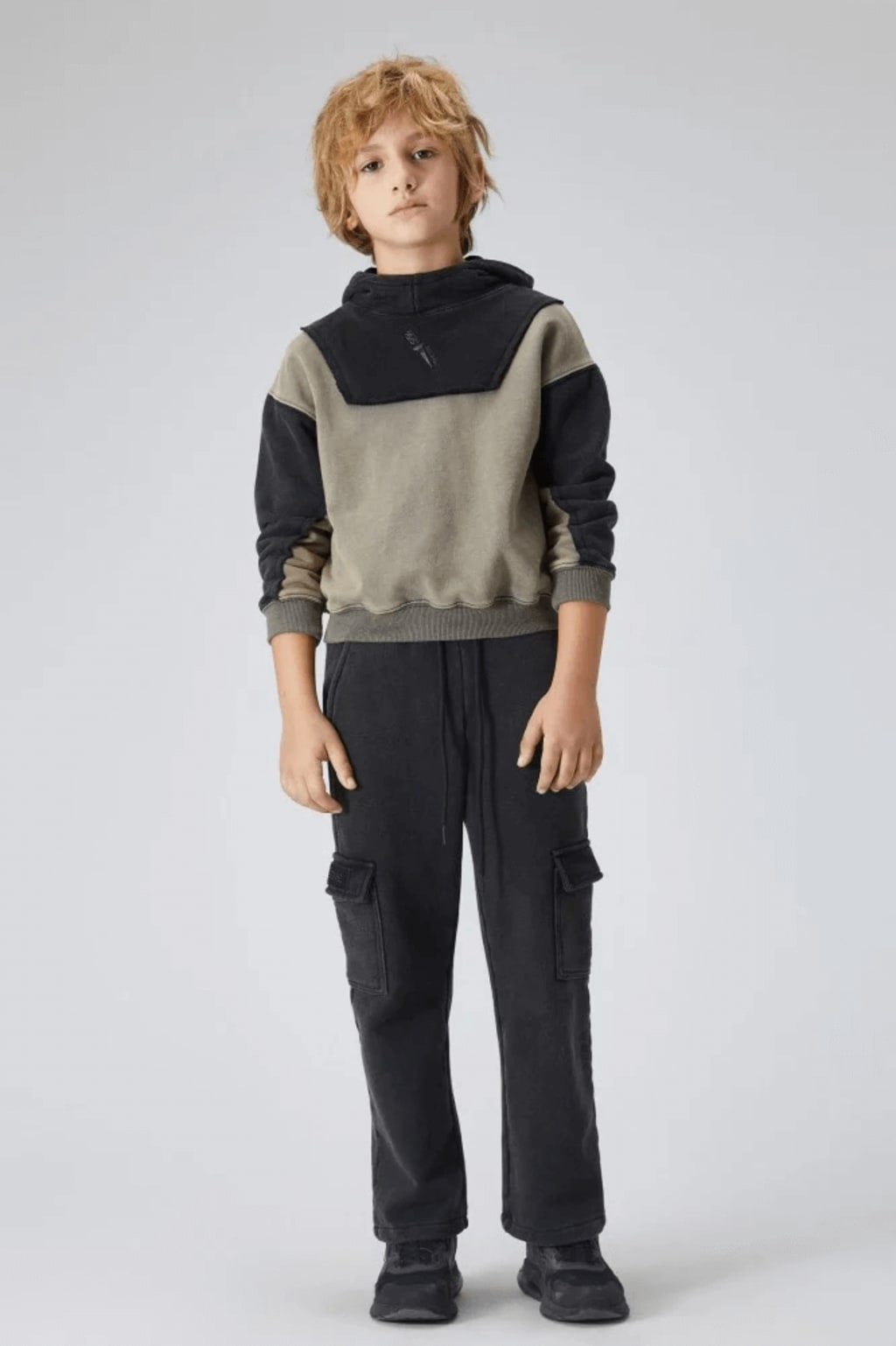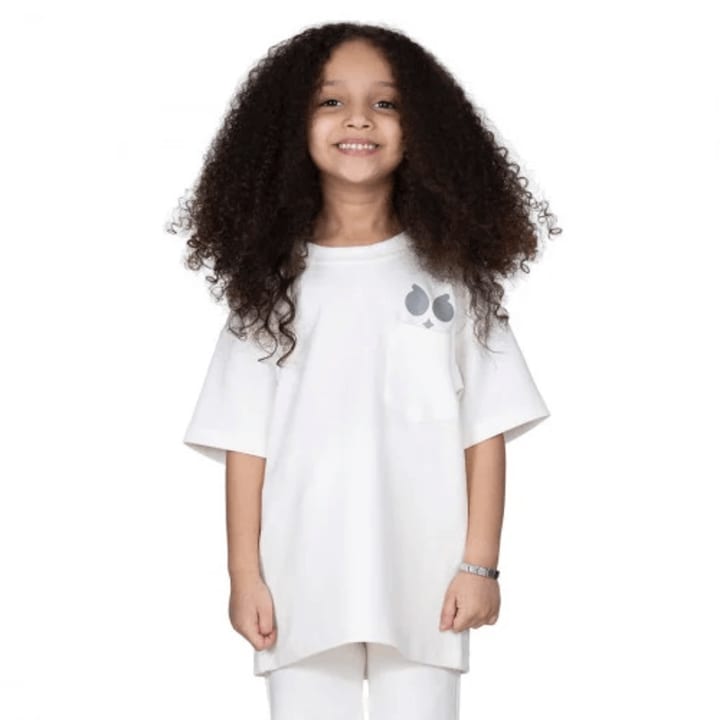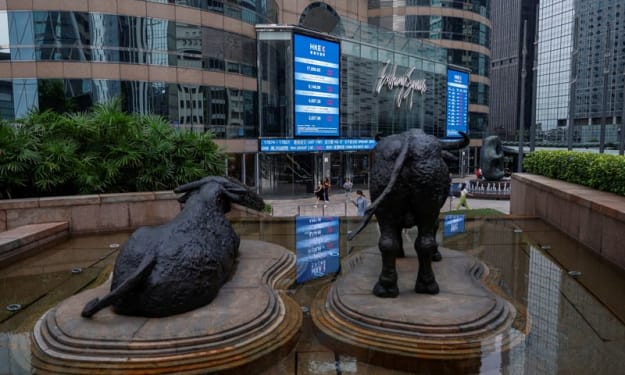The Intricacies of Children's Clothing: Material Choices and Economic Implications
Choosing Wisely: The Fabric of Our Future in Children's Clothing

Children’s clothing, often seen as a straightforward necessity, encompasses a vast array of materials, each with distinct properties and economic ramifications. The choice of fabric in children's attire is not merely a matter of aesthetic preference or comfort; it is a complex interplay of factors including durability, safety, environmental impact, and cost-effectiveness. This article delves into the multifaceted world of ملابس أطفال materials and explores how these choices relate to cost and broader economic considerations.
Natural Fibers: The Timeless Choice
Natural fibers such as cotton, wool, and silk have been the cornerstone of children's clothing for centuries. Cotton, for instance, is prized for its breathability and softness, making it ideal for sensitive young skin. However, high-quality cotton, particularly organic cotton, comes at a premium price. The cultivation of organic cotton eschews synthetic pesticides and fertilizers, which is beneficial for the environment but requires more labor-intensive farming practices. This, in turn, increases production costs, which are passed on to consumers.
Wool, known for its excellent thermal properties, is another natural fiber frequently used in children's winter clothing. The cost of wool varies significantly depending on its type and origin. Merino wool, renowned for its fine texture and hypoallergenic qualities, is considerably more expensive than standard wool due to the meticulous breeding and care of Merino sheep. Additionally, the processing of wool into soft, wearable fabrics without harsh chemicals can further escalate costs.
Silk, while less common in everyday children's wear, is occasionally used for special occasions. Its luxurious feel and hypoallergenic properties make it desirable but prohibitively expensive for many. The labor-intensive process of sericulture, where silkworms are cultivated and silk fibers are harvested, contributes to the high cost of silk garments.
Synthetic Fibers: Cost-Efficiency at a Price
Synthetic fibers, including polyester, nylon, and acrylic, offer a cost-effective alternative to natural fibers. These materials are often chosen for their durability, stain resistance, and affordability. Polyester, for example, is extensively used in children's activewear and school uniforms due to its resilience and low cost of production. The petrochemical origins of polyester, however, raise environmental and health concerns. The production process is energy-intensive and the resulting microfiber pollution from washing synthetic clothes poses significant ecological risks.
Nylon, another synthetic fiber, is valued for its strength and elasticity, making it suitable for outerwear and swimwear. Despite its advantages, the environmental footprint of nylon is substantial. The production process emits nitrous oxide, a potent greenhouse gas, and the material is not biodegradable, contributing to long-term environmental degradation.
Acrylic fibers, used as a wool substitute, offer warmth at a fraction of the cost. However, they lack the natural moisture-wicking properties of wool and can contribute to skin irritation in sensitive individuals. The economic appeal of acrylic is undeniable, but it is essential to consider the broader implications of its widespread use, including the environmental costs and potential health impacts.
Blended Fabrics: Striking a Balance
To mitigate the drawbacks of both natural and synthetic fibers, manufacturers often employ blended fabrics. These combinations aim to harness the best attributes of each material while minimizing their respective disadvantages. For instance, a cotton-polyester blend can offer the comfort of cotton with the durability and cost-efficiency of polyester. Such blends are prevalent in everyday children's clothing, striking a balance between quality and affordability.

The economic implications of blended fabrics are multifaceted. While they can reduce costs and extend the lifespan of garments, they also complicate the recycling process. The differing properties of the fibers in a blend make them challenging to separate, leading to increased waste and environmental impact. As consumer awareness of sustainability grows, the demand for more easily recyclable materials may drive innovation and potentially alter the economic landscape of the textile industry.
Economic Considerations and Consumer Choices
The economics of children's clothing is influenced by a myriad of factors beyond just the cost of materials. Labor costs, manufacturing processes, brand positioning, and market demand all play pivotal roles. Premium brands often justify higher prices with superior quality, ethical manufacturing practices, and sustainable sourcing. In contrast, fast fashion brands prioritize affordability, sometimes at the expense of quality and ethical considerations.
Consumers' purchasing decisions are increasingly informed by a desire for sustainability and ethical production. This shift is prompting a reevaluation of cost structures within the industry. Companies that invest in sustainable practices and transparent supply chains may incur higher initial costs but can benefit from increased consumer loyalty and a competitive edge in a conscientious market.
Conclusion
In the realm of children's clothing, the choice of materials is a critical determinant of cost, quality, and economic impact. Natural fibers offer unparalleled comfort and safety but come with higher price tags due to their labor-intensive production processes. Synthetic fibers provide a budget-friendly alternative but pose significant environmental and health challenges. Blended fabrics attempt to balance these extremes, though they introduce their own set of complications.
Ultimately, the economics of children's clothing materials is a reflection of broader societal values and priorities. As consumers become more discerning and informed, the industry must adapt to meet the evolving demands for sustainability, quality, and affordability. The future of children's clothing lies in innovative solutions that harmonize economic viability with ethical and environmental responsibility.
About the Creator
Enjoyed the story? Support the Creator.
Subscribe for free to receive all their stories in your feed. You could also pledge your support or give them a one-off tip, letting them know you appreciate their work.





Comments
There are no comments for this story
Be the first to respond and start the conversation.